Hilton Head Island: Our Other Than Human Residents
Posted by Bill True on Thursday, March 15th, 2018 at 6:50pm.
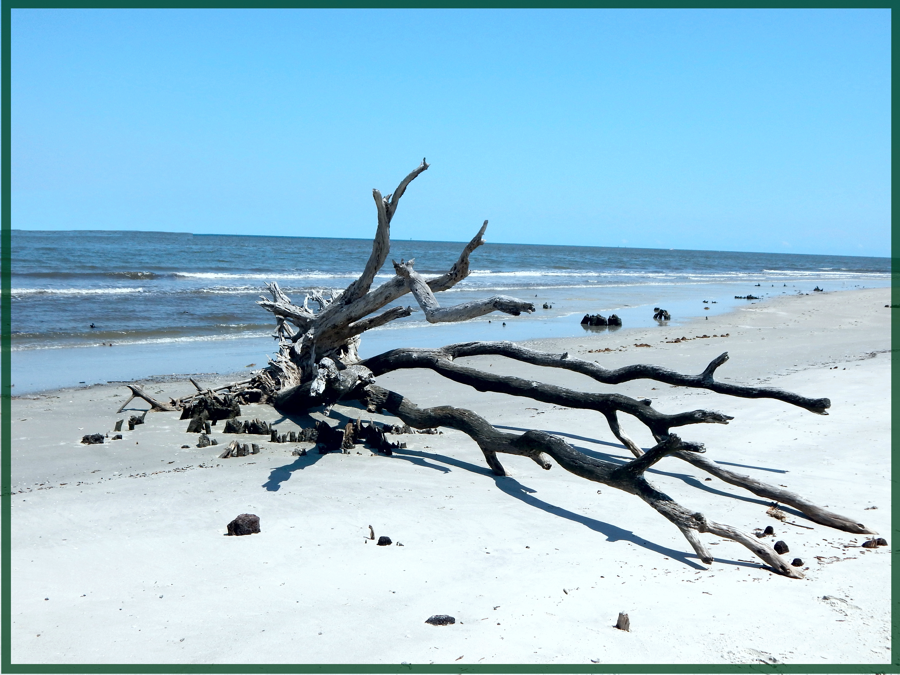
Creatures began arriving on Hilton Head over two and one-half million years ago.
When I set about developing this article on Hilton Head Island’s other than human population of creatures and critters and their introduction to the Lowcountry, I had no idea of the dimension of the objective.
I first learned that the Island itself evolved in two distinct segments. The north end of the island is a sea island dating to the Pleistocene epoch, a period begun 2,580,000 years ago. The south end is a barrier island that appeared as recently as the Holocene epoch, an era that began when the Pleistocene epoch ended, some 11,700 years ago. Broad Creek, which is a land-locked tidal marsh, separates the two halves of the island.
So, when I started assembling a catalog of creatures and critters to feature in my piece I wanted only those that were still among us today and could only hope to find a few, the ancestors of which were around two and a half million years ago.
There are a lot more still in and around our glorious Lowcountry than I reckoned, so I have settled on four from varied species. The four I have selected pre-date human activity on the island, which began 8,000 years ago…some by as much as two-million years.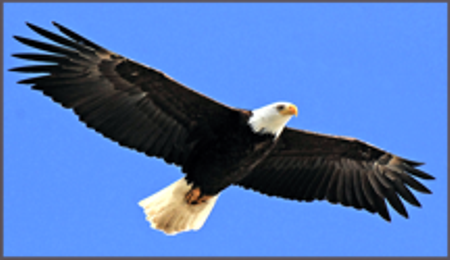
The Bald Eagle
The creature now a long-term resident of the Lowcountry, one that has been roaming the earth for a very long time, is our national symbol, the Bald Eagle. Proven to be around, looking much the same as it does today, some million or so years ago, it probably found its way to Hilton Head since this particular eagle really likes seafood.
Where better to get seafood but along the shores of Hilton Head Plantation, Colleton River Plantation, Port Royal Plantation or Spanish Pointe. Of course, these communities had not yet been built when our first eagle arrived, but today’s residents can watch them diving out of the skies for their fish dinners throughout the year.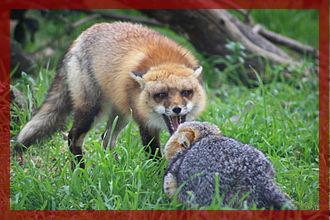
The Gray & Red Fox
Probably the first creatures that settled into the Lowcountry and Hilton Head Island came shortly after the ice flow of the last ice age proceeded to move south, about two-million years ago. The mammals I speak of are the Gray Fox and Red Fox. The amazing thing is that they would be recognized immediately, seen wandering through our woods today as they would have years before humans arrived.
Although close cousins, they really don’t get along. Being quite territorial, confrontations turn aggressive pretty quickly. However, the Red Fox, being of slightly larger size, is usually the victor.
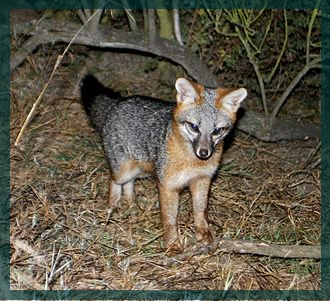 The Red Fox is very plentiful here in the Lowcountry and can be seen many times along the roads and lanes, particularly in early morning and at dusk.
The Red Fox is very plentiful here in the Lowcountry and can be seen many times along the roads and lanes, particularly in early morning and at dusk.
The Loggerhead Sea Turtle
The resident of our Lowcountry that claims the oldest traceable ancestry on earth, 200 million years, is a marine reptile and as far as Hilton Head and the surrounding Lowcountry waterfront geography is concerned, the modern-day descendant is also famous among and cared for by our residents. I speak, of course, of the Loggerhead Sea Turtle.
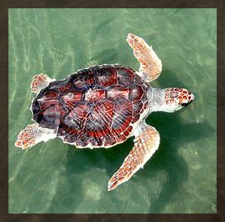 This magnificent creature of the sea can grow to almost ten feet long and weigh up to one-thousand pounds, but fortunately for our residents, who may find the sight of such a turtle frightening, they average three feet long and weigh on average about three-hundred pounds.
This magnificent creature of the sea can grow to almost ten feet long and weigh up to one-thousand pounds, but fortunately for our residents, who may find the sight of such a turtle frightening, they average three feet long and weigh on average about three-hundred pounds.
Considered an endangered species, they are protected by the International Union for the Conservation of Nature, a fact taken very seriously here in the Lowcountry.
Each year, between May and September, hundreds of female Loggerheads crawl onto the beaches of Hilton Head, such as Sea Pines, and other islands in southeastern South Carolina to lay thousands of eggs starting the process of a new generation. How long have they been doing this? Some research indicates since the beginning of the island; however, we know from references in the history of the native tribes, at least as long as humans have visited the island, some eight-thousand years.
In 1988, the Loggerhead was declared the official reptile of the state of South Carolina, however, in the 1970s, loggerheads were determined to be a threatened species by both South Carolina and the United States. In response, the Hilton Head Island Sea Turtle Protection Project began in 1981 and, today, it is upheld through a group of volunteers and experts.
These folk track the progress of the species reproduction and patrol and protect the hatching sites along our beaches. As a result, protection of the Loggerhead is meeting with excellent success: On average, Hilton Head has about 150 turtle nests per year. A very positive trend has been appearing in recent years with over three-hundred nests identified annually.
For more information on Hilton Head Island and South Carolina’s Sea Turtles visit: http://dnr.sc.gov/seaturtle/index.htm.
The population of our island and all of the Lowcountry by other than human residents is vast. Let us know if you would like us to visit this topic again in the future.
-Bill True



